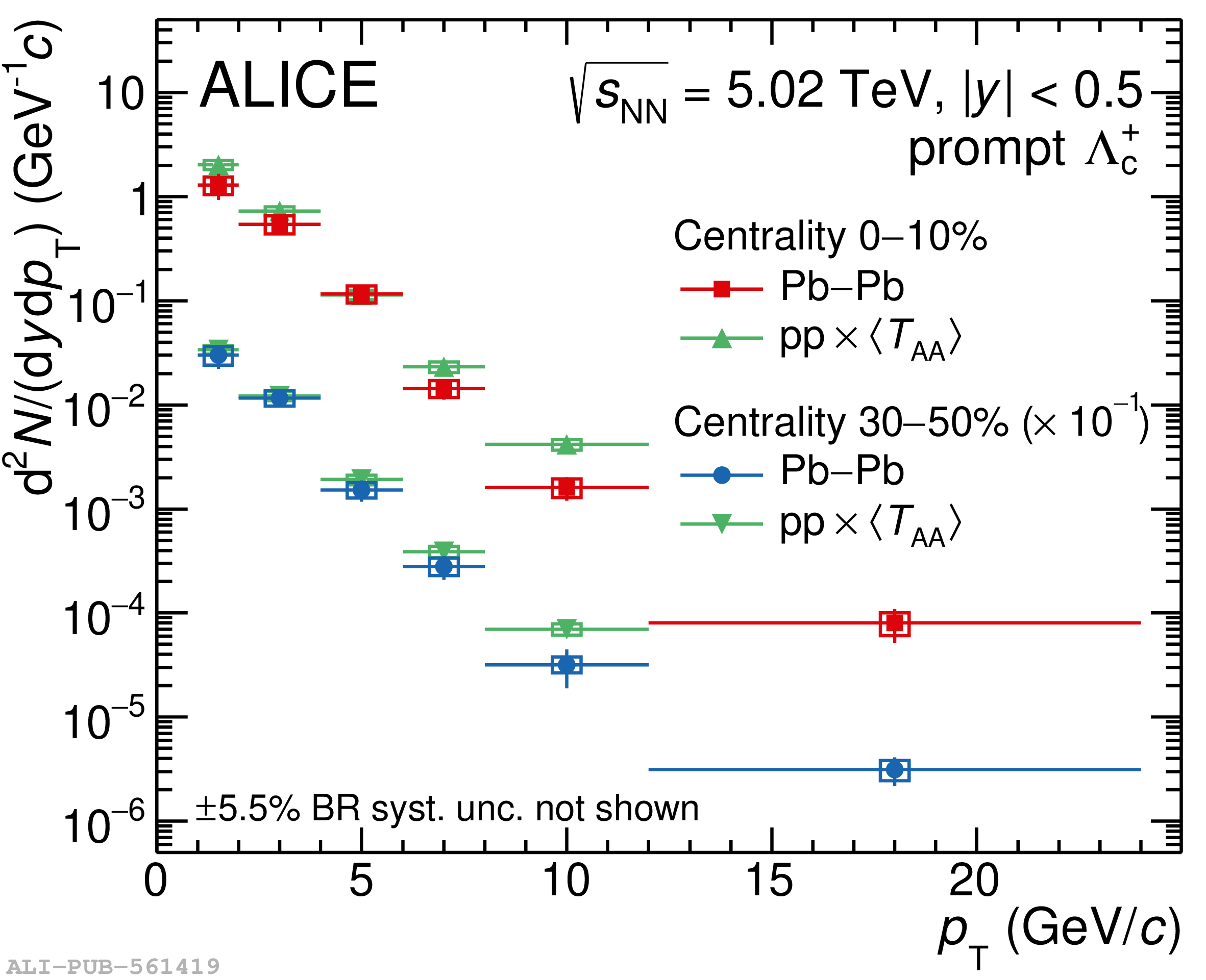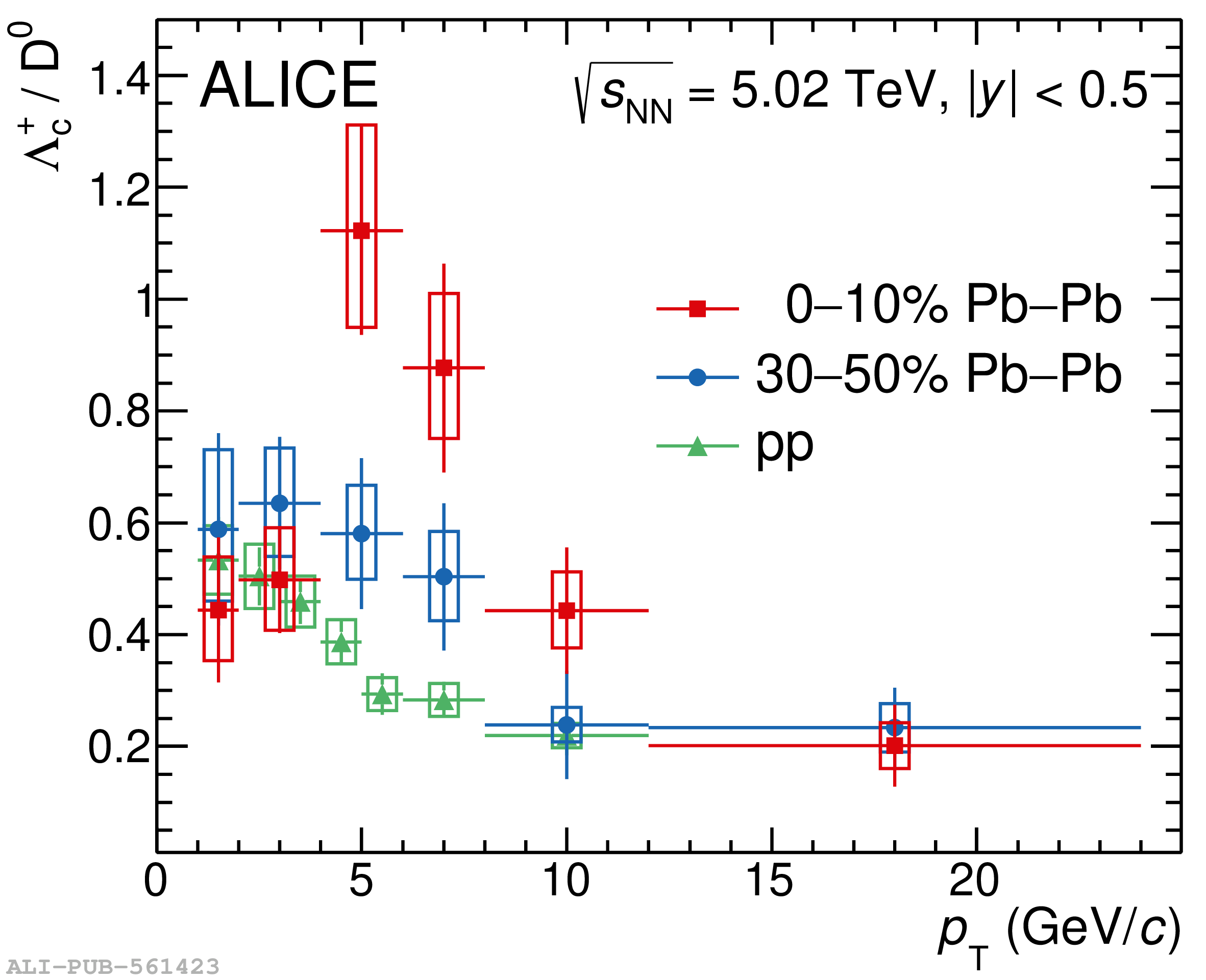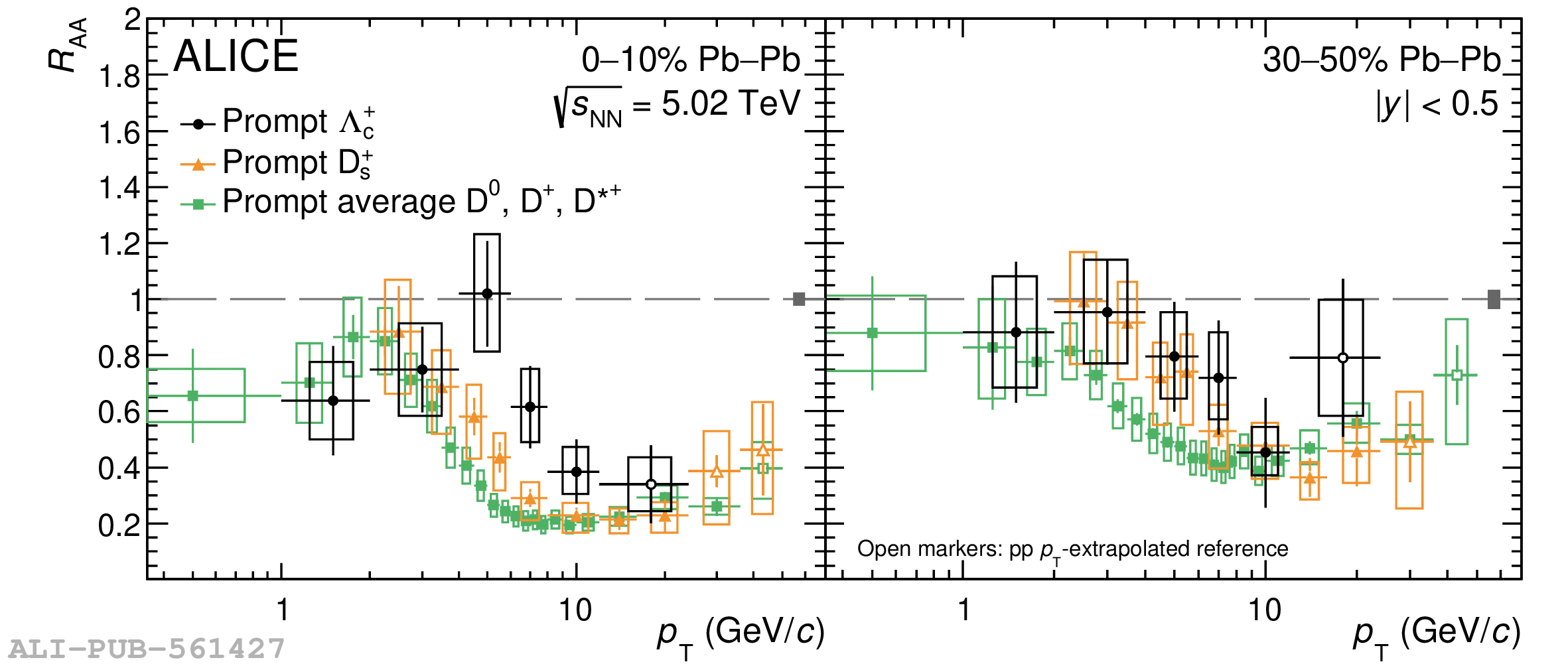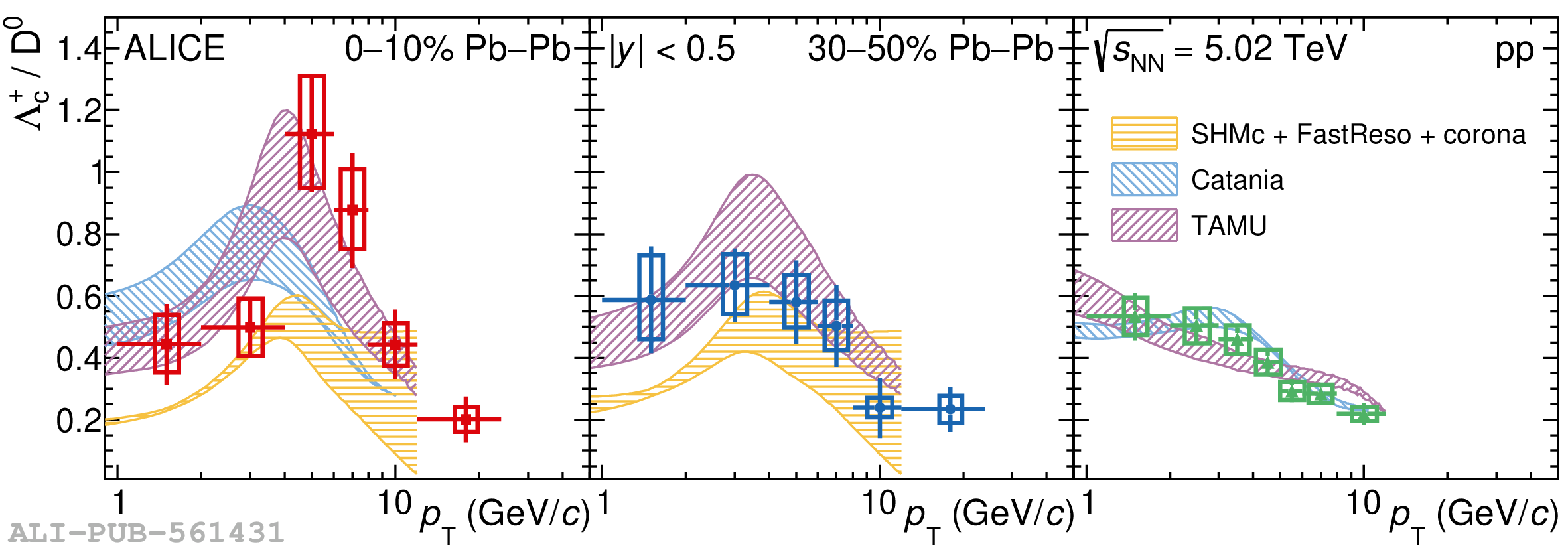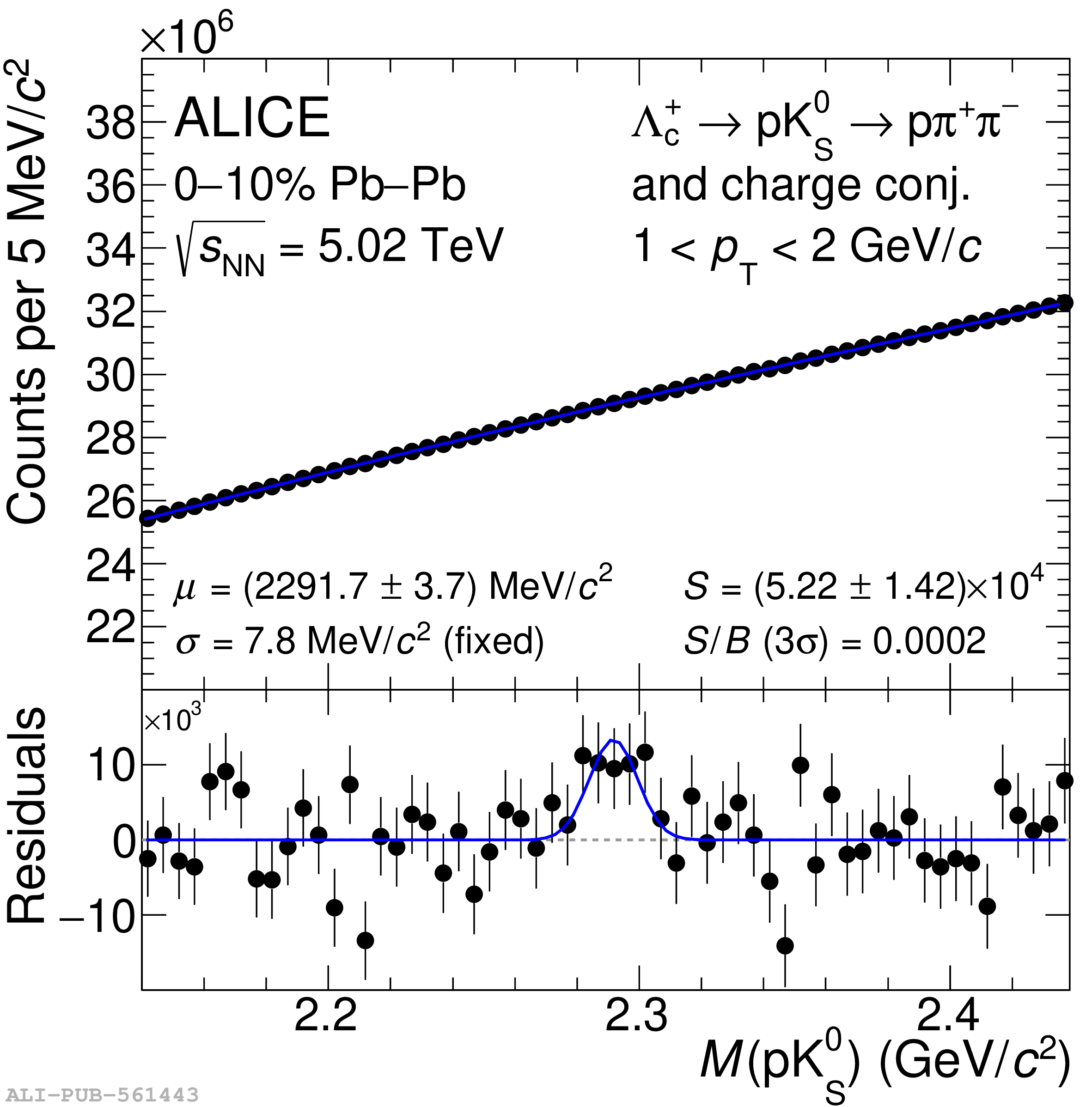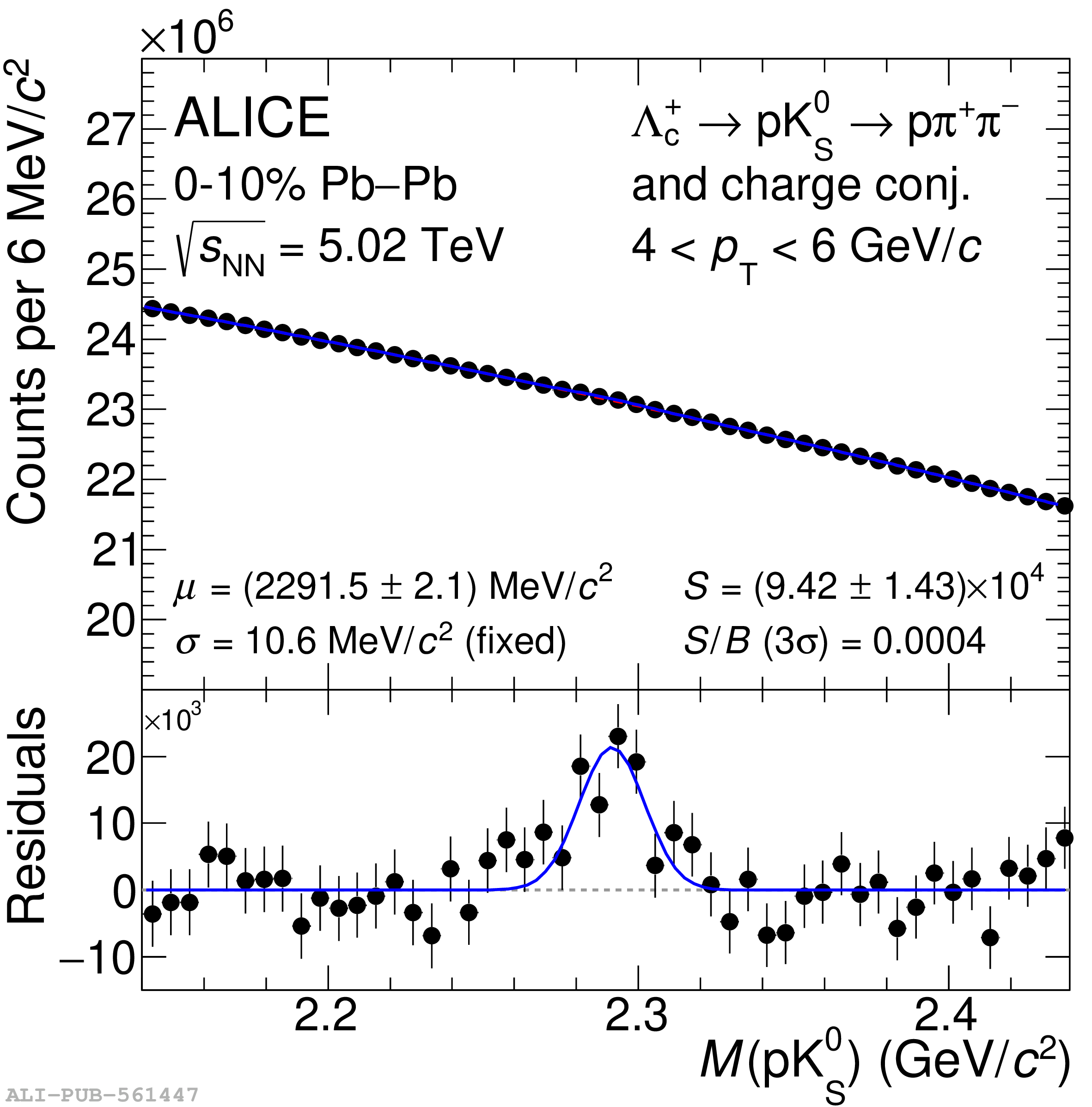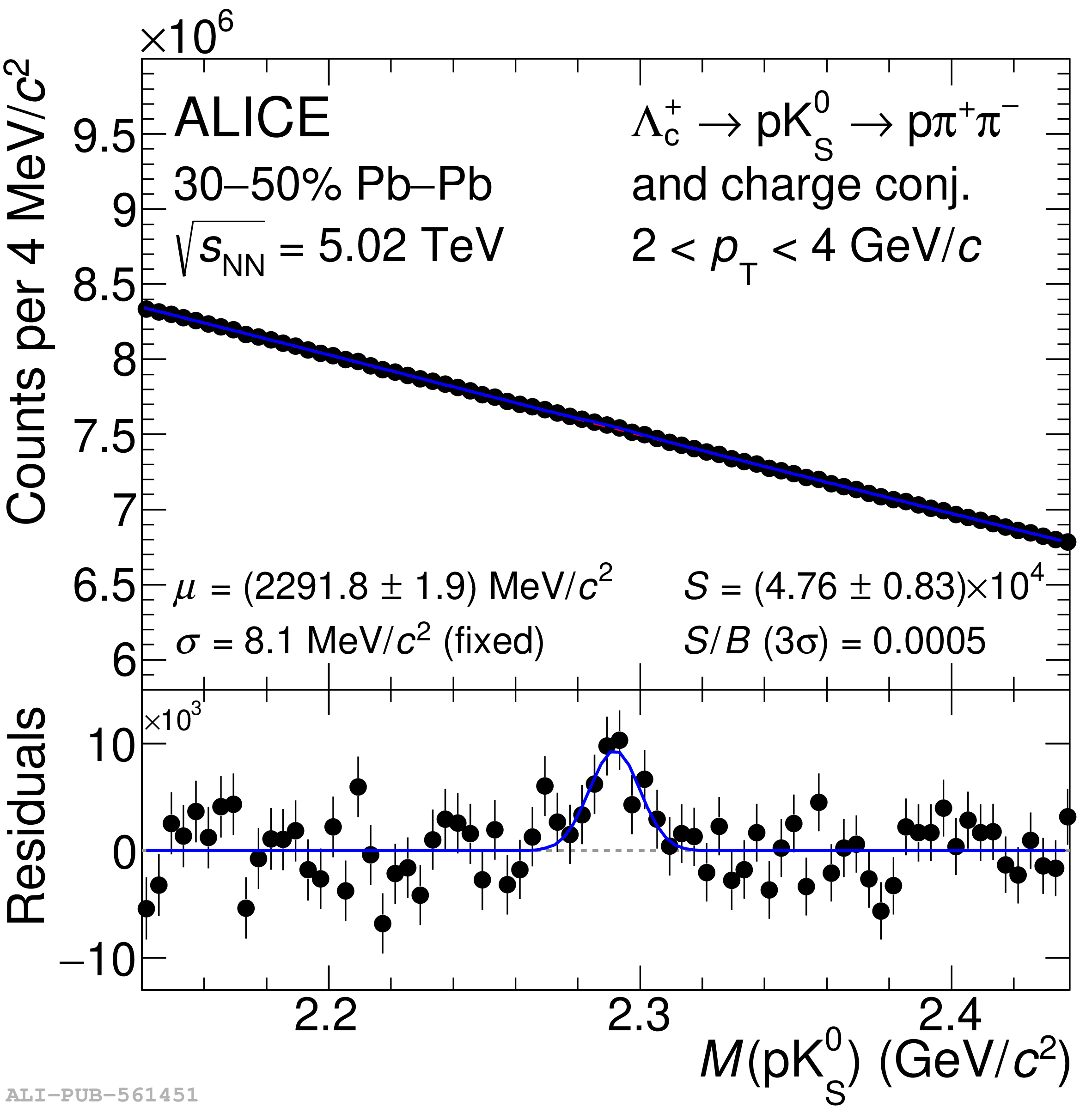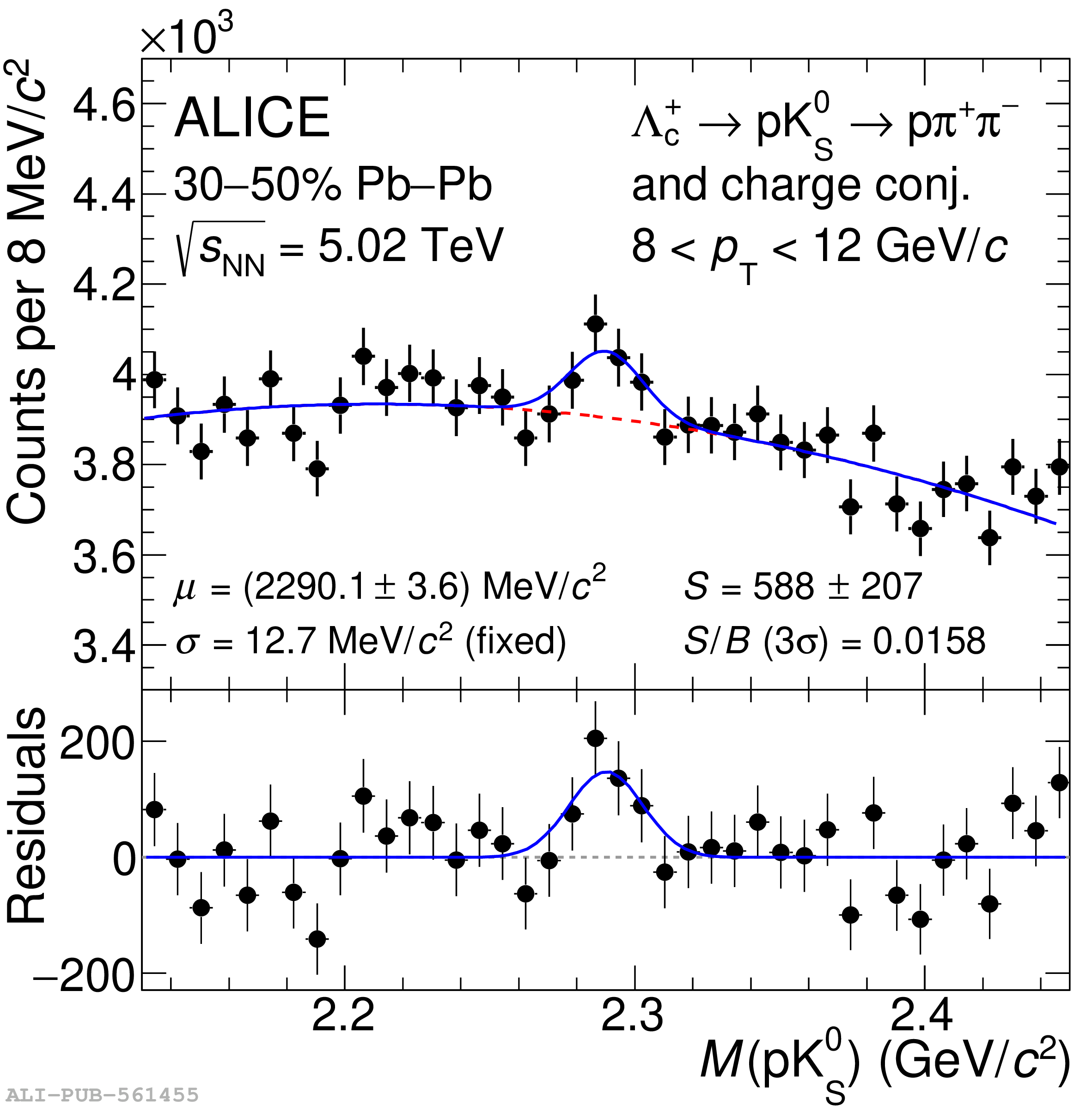The production of prompt $\rm \Lambda_{\rm c}^{+}$ baryons at midrapidity ($|y|<~0.5$) was measured in central (0-10%) and mid-central (30-50%) Pb-Pb collisions at the center-of-mass energy per nucleon-nucleon pair $\sqrt{s_{\rm NN}} = 5.02$ TeV with the ALICE detector. The results are more precise, more differential in centrality, and reach much lower transverse momentum ($p_{\rm T}=1$ GeV/$c$) with respect to previous measurements performed by the ALICE, STAR, and CMS Collaborations in nucleus-nucleus collisions, allowing for an extrapolation down to $p_{\rm T}=0$. The $p_{\rm T}$-differential $\rm \Lambda_{\rm c}^{+}$/D$^0$ production ratio is enhanced with respect to the pp measurement for $4<~p_{\rm T}<~8$ GeV/$c$ by 3.7 standard deviations ($\sigma$), while the $p_{\rm T}$-integrated ratios are compatible within 1$\sigma$. The observed trend is similar to that observed in the strange sector for the $\Lambda/$K$^0_{\rm S}$ ratio. Model calculations including coalescence or statistical hadronization for charm-hadron formation are compared with the data.
Phys. Lett. B 839 (2023) 137796
HEP Data
e-Print: arXiv:2112.08156 | PDF | inSPIRE
CERN-EP-2021-260
Figure group

